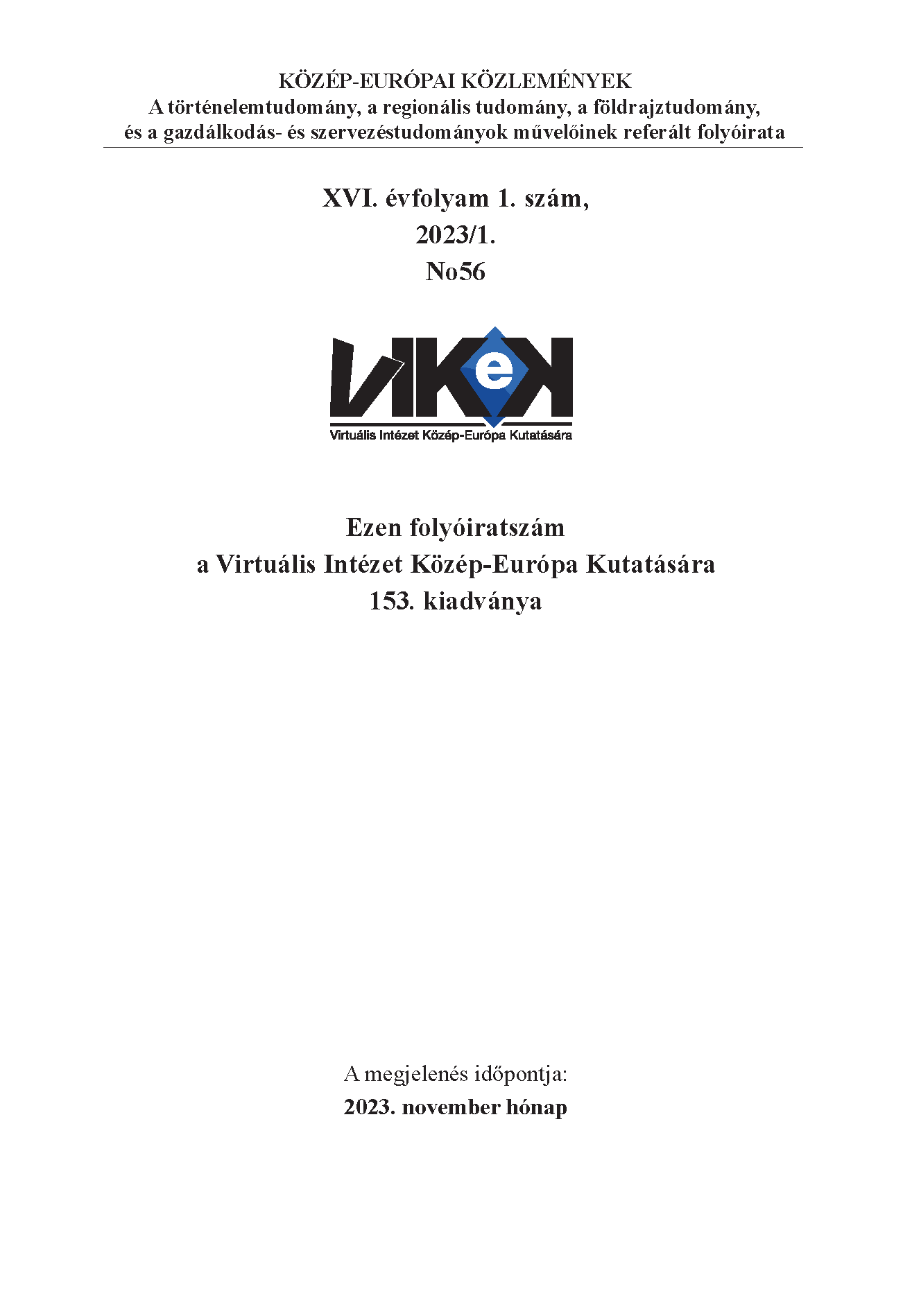From crisis to crisis. Changes in Pécs’s trade (1921-1930)
Main Article Content
Abstract
Before WW I, Pécs, as the largest city in Southern Transdanubia, was the most important trading hub in the region. Its developed railway network, along with its state and other fairs provided the supply not only for the population of the city, but to other settlements laying around in a 20-30 km radius. Due to WW I and the subsequent thirty-three month Serbian occupation, the economy of the city cracked. In the first part of the 1920s the output of the agricultural and industrial sector declined. As a result of hyperinflation, uncertain financial status and shrinking demand, the volume of trade was decreasing till the middle of the decade. However, after the economic stabilisation wholesale and retail trade quickly developed in Pécs. Pécs increasingly became the centre of national animal fairs. In the second part of the 1920s there was significant fat and meat export and more and more foreign merchants visited the wholesale markets of Pécs. The hospitality industry was revitalised; though the number of hotels barely changed, but many of them were rebuilt to meet contemporary requirements. More and more people were involved in trade and the number of shops grew. However, the development was broken by the consequences of the Great Depression starting in late 1929, as local unemployment increased, real wages fell and export markets shrank; all leading to a decline in distributing opportunities.
